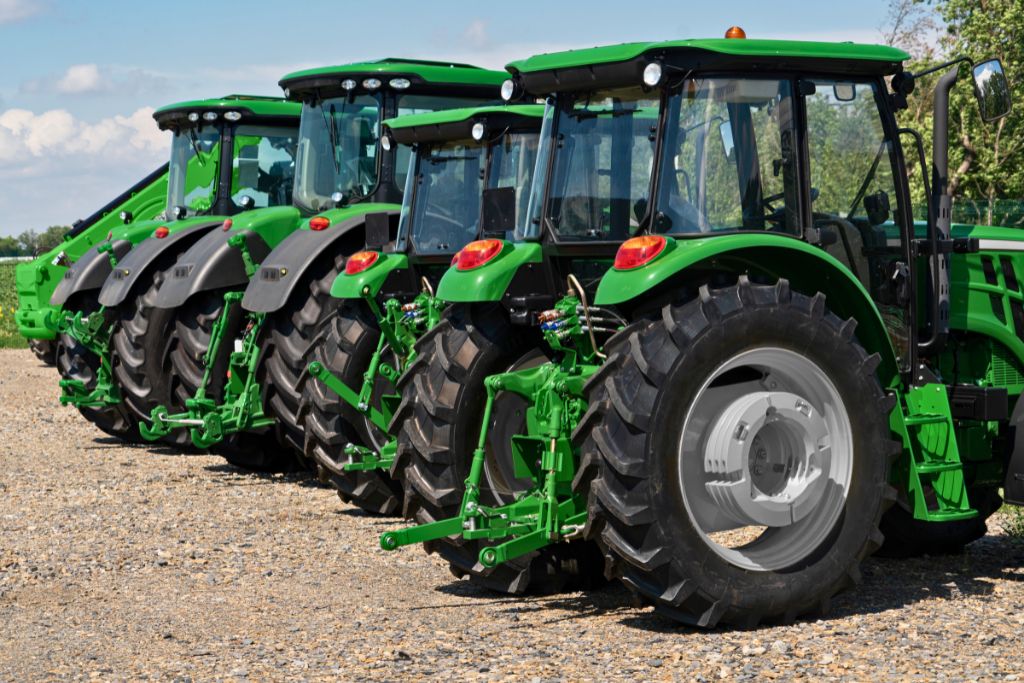Tractor sales in the United States surged by 4.1 percent in September 2025 compared to September 2024, according to data from the Association of Equipment Manufacturers (AEM). This is the first positive monthly change this year after a long stretch of declines. Total units sold reached 17,729, up from 17,033 a year earlier.
The breakdown by tractor class is telling. Sub-40 hp 2WD models rose 2.5 percent, and the sweet spot 40–100 hp 2WD segment jumped 17.3 percent year-over-year in September. Meanwhile, sales of large 100+ hp 2WD units declined 11.5 percent and 4WD tractors declined sharply (down 32.7 percent) in that month.
This suggests that smaller tractors and mid-sized machines are leading the recovery, likely because they carry lower capital risk and have broader appeal for diversified operations, livestock producers, hobby farms, specialty crop growers, and more. If the recovery can spread to the bigger horsepower classes, that would strengthen the rebound’s significance.
From a supply-chain perspective, manufacturers and dealers may cautiously step up production, begin restocking parts, and signal more favorable financing terms. The revived momentum could help sustain margins after a tough stretch. For dealers, having confidence that orders aren’t collapsing further is a key shift from deep pessimism toward more stable planning.
More importantly, for farmers and rural communities, stronger equipment demand hints that investment is not dead. It implies that some grain producers, livestock operators, or specialty farmers are deciding to commit capital again. That confidence has spillover effects in repair shops, parts makers, and farm service sectors.
Thus, September’s gain is not a full turnaround, but it can be viewed as a foothold. If the trend continues through harvest and into next planting seasons, it could presage a more durable recovery.
Is Now the Time for Farmers to Buy? A Risky but Possibly Rewarding Move
Deciding whether to pull the trigger on equipment now is not easy. Commodity prices remain weak, input costs are under pressure, and farm incomes are squeezed. On top of that, tariffs and trade policy are reshaping the cost dynamics for imported components and finished machinery.
According to industry observers, tariff-driven cost increases are likely to persist. Equipment dealers warn that once prices rise, they rarely retreat. In that environment, waiting too long might mean paying more later.
At the same time, the headwinds are real. As Farm Progress notes, farmers are caught in a tough position: revenue is down, margins are thin, and additional capital outlays are risky. Many are choosing to delay or scale down purchases. Eric Wareham of NAEDA describes the current state as a neutral market, which is neither strongly favorable to buyers nor to sales.
Given all that, here’s how I’d frame the decision for growers reading this blog:
If your current tractor or implements are becoming unreliable or are a bottleneck to productivity, upgrading now may make sense, especially for smaller to mid-sized machines where the financial risk is lower. A moderate recovery in demand (as seen in September) suggests you could be buying at a local low before prices climb.
On the other hand, if your existing machinery is doing the job and you have flexibility, waiting through the winter might allow you to watch how pricing, tariffs, and commodity markets shake out. If you’re able to time a purchase when interest rates or tariffs ease, you could gain advantage. But that timing is risky.
In short, there is no one-size-fits-all answer. But if things break your way, such as stable input costs, improving commodity prices, continued strength in machinery demand, those who move now may end up with better terms and less competition later. The positive sign in September gives some justification for cautiously leaning toward committing, especially for operations that can absorb some risk.
Conclusion
September’s uplift in tractor sales can provide a ray of optimism for an industry that has been under sustained pressure. It suggests that demand may be reactivating, and that farmers are not permanently sidelined. For the machinery side, it justifies cautious optimism and more deliberate planning after a long downturn.
For farmers, the decision to buy today versus wait is fraught. But with the possibility that prices and tariffs could push costs higher, acting sooner rather than later carries appeal, especially for machinery classes where risk is manageable. In this moment of uncertainty, the modest rebound offers a glimmer of hope and may tilt the balance toward action for those in a position to move.


Leave a Reply